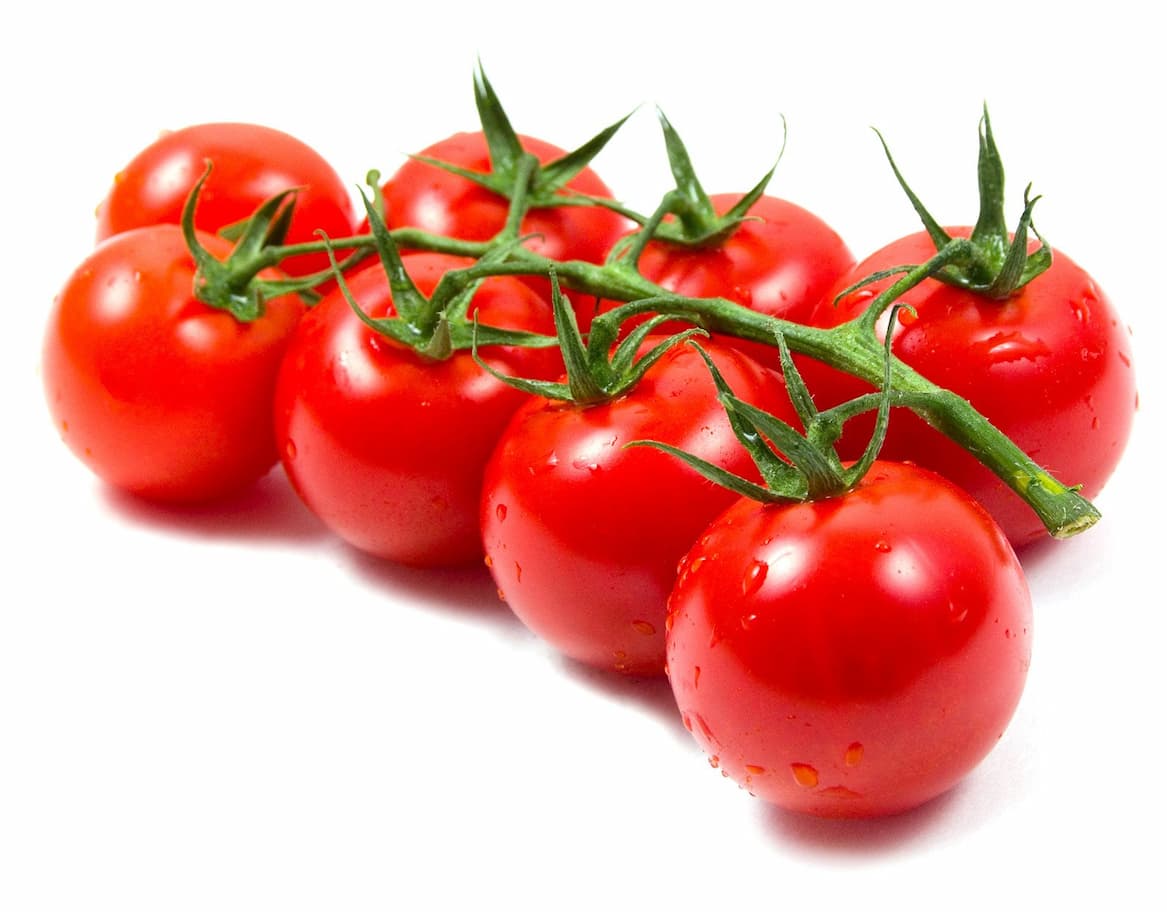According to a Gartner survey;
- By 2023, companies with a composable tech solution will be 80% faster than their competitors, in implementing new features.
- By 2023, 30 % of commerce companies will need a dedicated API product manager in their organization, to handle the modernization of commerce applications and the underlying architecture.
- Packaged Business Capabilities, (PBCs) will be used by 10% of retailers by 2024
Below, we briefly explain Composable commerce, Packaged Business Capabilities, microservices for modern commerce and why many digital retailers will need an API product manager in the near future. If it still doesn't make sense how they are connected - we use a cooking metaphor to explain it all.
What Are Microservices For Modern Commerce?
Microservices are a developer concept and refer to how software is composed. A number of small, independent services communicating over well-defined APIs form a microservice, which in turn can be one part of a Packaged Business Capability (PBC), explained below.
What are Packaged Business Capabilities - PBCs and Composable Commerce? A Packaged Business Capability (PBC) is typically composed of several software components- microservices. The composition of microservices provides a tangible business capability, bringing value to the business operations. Composable commerce refers to a solution that consists of several Business Capabilities, modules that enable specific features or functionalities.










